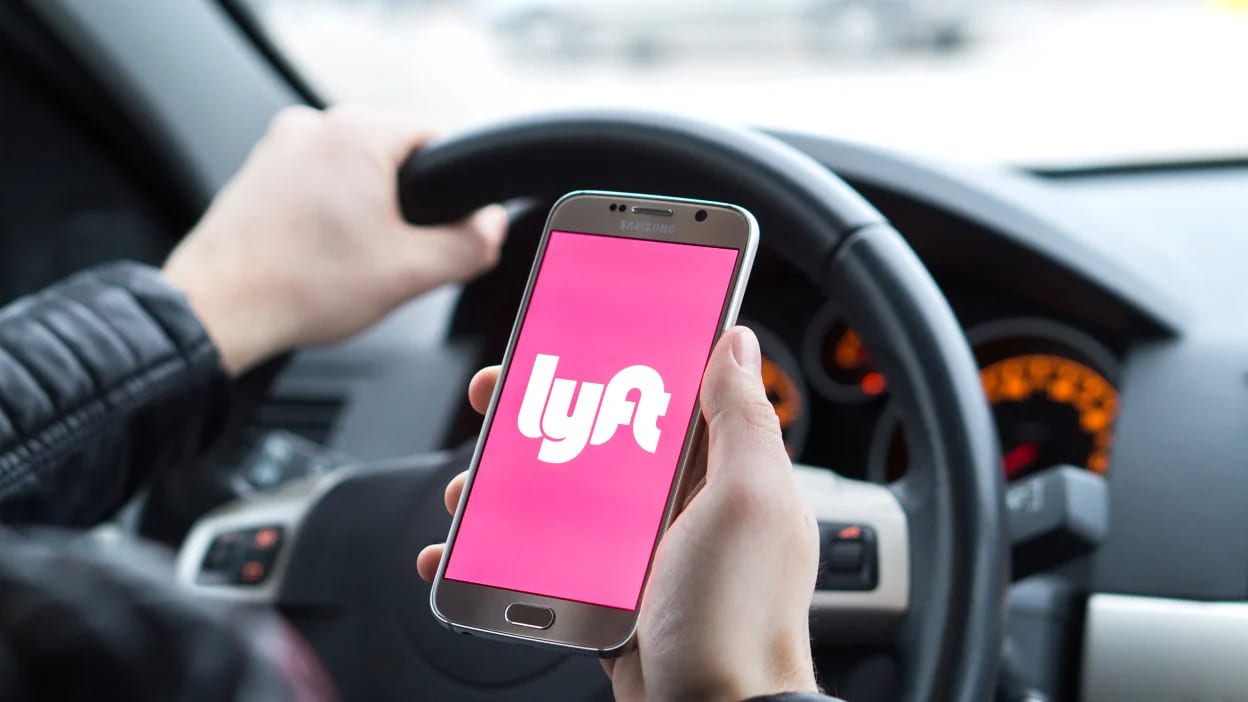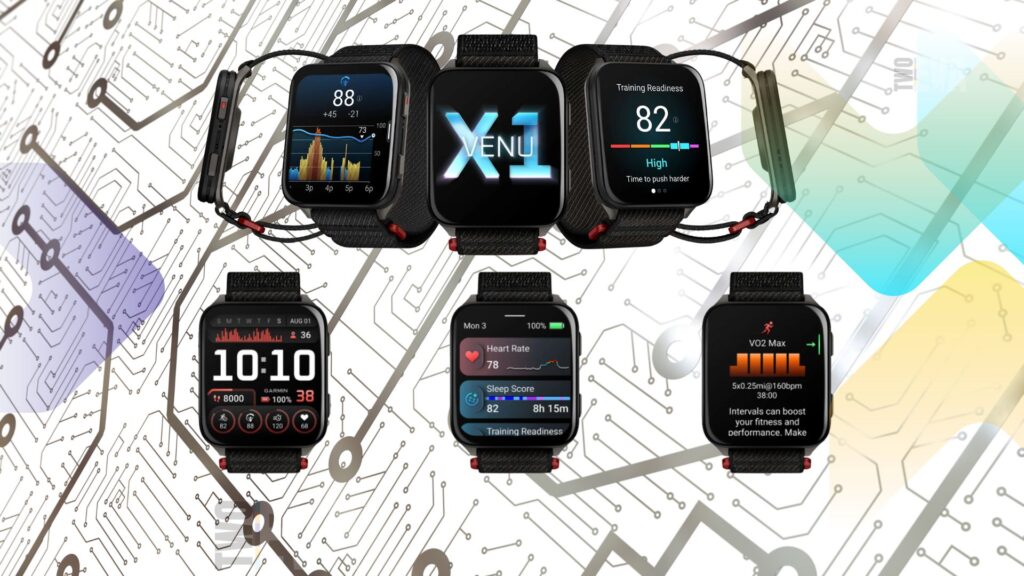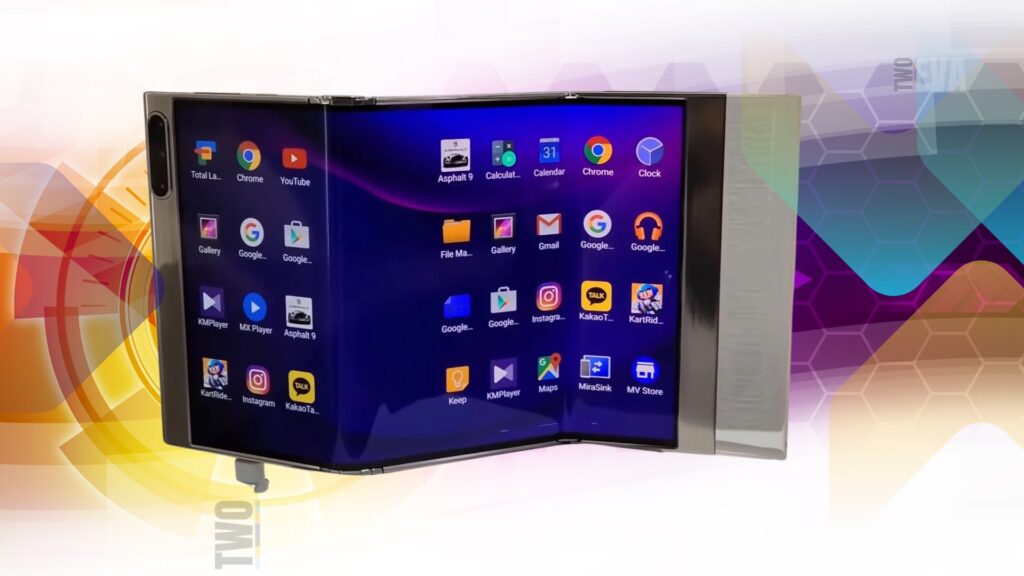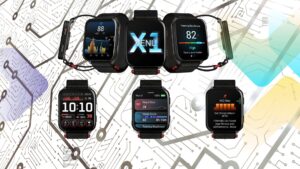Lyft is making a bold move in the autonomous vehicle (AV) market, aiming to reassert its presence in a space long dominated by Uber. In a statement on November 6, 2024, Lyft announced partnerships with self-driving startup May Mobility, AV technology giant Mobileye, and dashcam firm Nexar. These alliances will allow Lyft to integrate autonomous vehicles into its ride-hailing platform, with the first deployment scheduled for 2025 in Atlanta.
Lyft’s New AV Partners and Strategy

Lyft’s new AV strategy hinges on multiple partnerships to build a reliable autonomous vehicle ecosystem. By teaming up with May Mobility, a leader in autonomous micro-transit services, Lyft plans to roll out Toyota Sienna minivans equipped with May’s technology in Atlanta. May Mobility has a track record for autonomous operations in designated zones, from campuses to city routes in areas like Ann Arbor and Miami. Lyft’s partnership marks May’s first entrance into the ride-hailing space, allowing the startup to reach a broader audience with individual on-demand services.
The partnership with Mobileye, Intel’s AV subsidiary, is another critical piece of Lyft’s AV rollout. Mobileye’s Level 4 autonomous technology, already deployed in Volkswagen and other vehicles, will be connected to Lyft’s platform, enabling compatible fleets to seamlessly access Lyft’s extensive user base of 40 million annual riders. Christian Lichtmannecker, head of AV at Mobileye, expressed that integrating with Lyft offers new operational opportunities for both small and large fleets equipped with Mobileye Drive, enhancing access to autonomous services.
Finally, Lyft’s collaboration with Nexar, a data-focused dashcam company, provides Lyft with a rich dataset to enhance AV development. Nexar’s 200 million miles of monthly footage, paired with Lyft’s aggregated data, will create a robust AV dataset for better AI and safety measures.
The Challenges
Lyft has faced significant hurdles in the autonomous vehicle industry. It previously experimented with a robotaxi service in Las Vegas through Motional, but paused the initiative after workforce reductions in May. Lyft’s partnership with Argo AI also ended in 2022 when Argo folded, costing Lyft a reported $135.7 million. In contrast, Uber has aggressively expanded its AV efforts, partnering with companies such as Waymo, Cruise, and Aurora Innovation.
However, Lyft’s new alliances with Mobileye and May Mobility signify a strategic pivot, providing the company with a fresh opportunity to strengthen its position. By collaborating with established players in AV technology, Lyft aims to rebuild its AV initiative and potentially overtake competitors.
Despite the promising outlook, Lyft will still face challenges. Implementing AV technology in dense urban settings is complex, requiring thorough integration with local traffic norms and infrastructure. Regulatory approval remains another major hurdle, as AV deployment must meet local and federal guidelines. Liability issues for AV incidents will also need to be clarified as autonomous technology shifts responsibility away from human drivers.
Benefits for Lyft Riders

Riders stand to gain a variety of benefits from Lyft’s AV initiative. The partnership with Mobileye and May Mobility promises increased availability, reducing wait times, and potentially lowering costs. Lyft also aims to use AVs to enhance rider safety by minimizing the risk of human error, the primary cause of road accidents. By integrating Nexar’s video data, Lyft can further develop AV algorithms for enhanced navigation and safety, potentially boosting rider confidence in autonomous rides.
Lyft’s new AV push also aligns with the company’s sustainability goals. Lyft has committed to an all-electric fleet by 2030, and incorporating AVs is a step toward providing environmentally friendly options for urban mobility.















